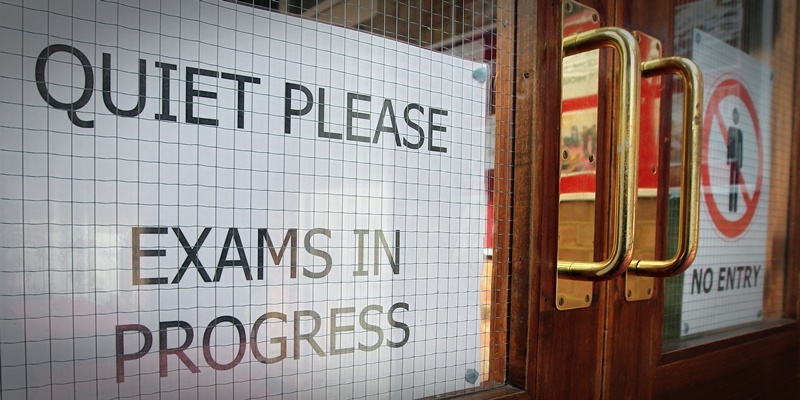Every Scottish university will review its admission policy following introduction of the controversial Curriculum for Excellence (CfE).
Under the new education system variations in the pace, level and number of exam courses are designed to discourage pupils from skating over the surface of subjects.
However, this has led to fears pupils will inevitably end up sitting fewer Higher exams while at school potentially hindering their chances of entering further education.
Traditionally, pupils preparing for university have been required to sit around eight exams in fourth year followed by four or five Highers in fifth year.
Principals at Scottish universities including Dundee and St Andrews confirmed plans to ”review” admission policies in light of the new curriculum. They have pledged to ensure the changes will not limit the opportunities of Scottish pupils.
However, Mid Scotland and Fife MSP Murdo Fraser is warning the CfE could ultimately ”make it harder” for Scots to enter higher education.
He told The Courier: ”There has already been a great deal of work and collaboration between schools, colleges and universities in relation to Curriculum for Excellence and it is important that we see clarity on entry requirements from universities regarding the new system.
”Scottish students must have as many opportunities as possible to study the courses they need and want to study in Scotland.
”Scotland was world-renowned for its school education system and it is vital that these changes to the curriculum improve the learning of our young people.”
He added: ”The last thing that the Scottish Government should be doing is bringing in any system that disadvantages our Scottish students by making it harder to get into university.”
In a new report by Universities Scotland, higher education chiefs insist candidates will be treated equally, regardless of the ”route” they take through secondary school.
The Beyond The Senior Phase report states: ”University leaders commit themselves to a review of admissions policy and practice within each of their institutions, to ensure that they will be able to give fair and equal consideration to candidates who have followed diverse routes to qualification through the senior phase.”
University principals agreed to look at their admission policies and have insisted they will not focus wholly on results in fifth year.
Professor Petra Wand, principal of Queen Margaret University in Edinburgh, admitted the new curriculum would make the admission process more difficult but insisted universities would ”rise to the challenge”.
She said: ”New qualifications and far greater diversity in how learners can achieve them will mean an increasingly complex responsibility rests on university admissions to ensure pupils are treated fairly and equally.
”However, I am confident that we will rise to the challenge. Universities already admit students from across the globe, each of whom apply with different qualifications.”
She added: ”It is important that universities are able to give schools, parents and pupils at home in Scotland the same clear and early reassurance.”
The report was welcomed by Robin Parker, president of the National Union of Students Scotland, who said: ”Ultimately, we want to see universities place as much emphasis on future potential as current attainment.”
However, the Scottish Parent Teacher Council warned that while families may be heartened by the review there is as yet no guarantee that admission policies will change.
Photo by David Davies/PA Wire
